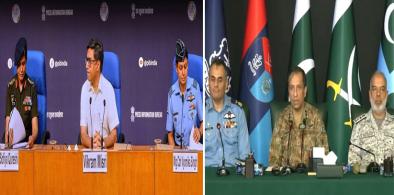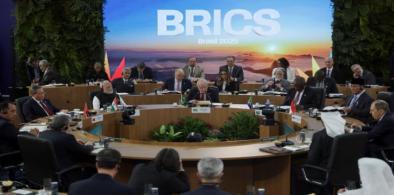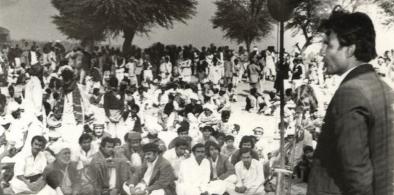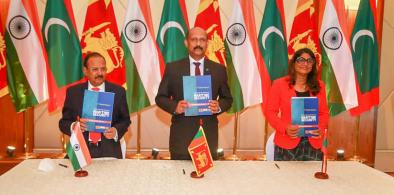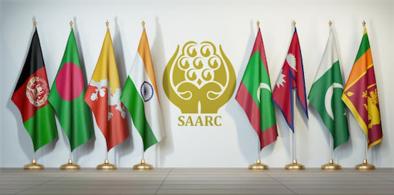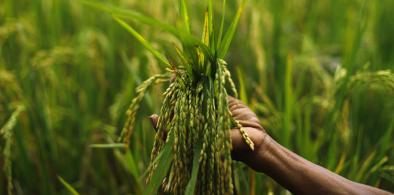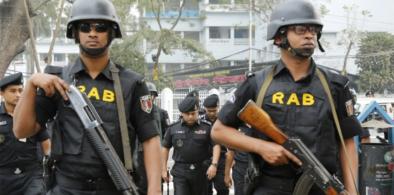With the outgoing President Donald Trump having ordered a nearly full US troop withdrawal from Afghanistan after almost two decades in the war-torn country, in Bolton’s assessment there are clear dangers of a serious instability that could threaten not only the South Asian region but the rest of the world, writes Mayank Chhaya for South Asia Monitor
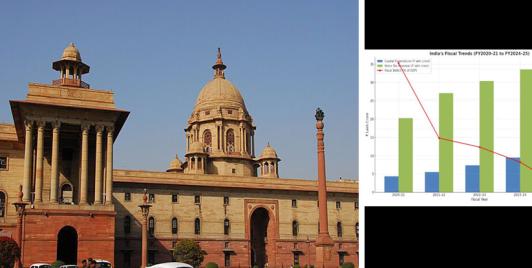
India’s Fiscal Scorecard 2.0: Can It Turn Potential Into Performance In Decade's Second Innings?
India’s states play an outsized role in public spending accounting for nearly +/- 60% of total government expenditure. However, their fiscal health varies greatly across pan India. As someone closely observing both macroeconomic trends and grassroots governance models, I notice a growing divide between states that follow prudent fiscal practices and those still trapped in populist spending cycles.
Guns, Governments and Greed: The Global Nexus of War and Power
When democracies embrace the traits of war economies and view peace as a sign of weakness, we need to question not about those who benefit from war, but rather about those who continue to engage in it. Not only does it include safety, but it also includes power, contracts, careers, and control.
Op Sindoor: Did India Win Militarily But Lose The Narrative War?
The age of overt, high-visibility strikes is diminishing in returns. Covert operations, cyber infiltration, and disrupting terror logistics silently deliver greater impact at a lower political cost. India needs to establish a dedicated Psychological and Information Warfare Command, rather than relying solely on MEA press briefings or tweets from leaders.
Can BRICS Build to Break the Climate Blockade?
BRICS has the potential—and perhaps the will. Ahead of COP30, it should convene a high-level “Redefining Climate Summit” with other like-minded nations invited to the BRICS table. Let the world know: BRICS can indeed build the force to break the climate blockade. The clock is not ticking anymore. It’s screaming.
Stymieing nuclear capability the dirty way: Yet China-Pakistan nuclear axis is ignored
Yet no nuclear scientist has been targeted in Pakistan, not even Abdul Qadeer Khan, father of Pakistan’s nuclear bomb who indulged in blatant nuclear proliferation with obvious government support, writes Lt Gen Prakash Katoch (retd) for South Asia Monitor
Two years after death, Sindh’s left-leaning leader still holds sway among masses
Rasool Bux Palijo has earned a place in the pantheon of leaders of South Asia who has earned lasting fame and created an ideological legacy in the struggle against martial law, feudalism, colonialism, and imperialism, writes Muhammad Abbas Khaskheli for South Asia Monitor
Colombo-Delhi-Male dialogue: Looking beyond maritime security
India, Sri Lanka, and the Maldives agreed to expand the scope of intelligence sharing, including terrorism and cybersecurity, at the meeting to discuss common security threats, writes Sugeeswara Senadhira for South Asia Monitor
Pakistan's misguided cultural nationalism - and a losing battle with Indian content
Pakistani audiences seem unwilling to discard the supposedly "vulgar" stuff they are addicted to, given the common socio-cultural ethos of the subcontinent, writes Mahendra Ved for South Asia Monitor
COVID-19 and South Asia: Sequencing of policy options
The spread of COVID-19 infections in South Asia has not been uniform across countries; while some countries were successful in controlling the pandemic, others were not, writes Partho Pratim Mitra for South Asia Monitor
‘Love jihad’ bills by BJP-ruled states against India's constitutional principles
The BJP governments in these states, in their quest to criminalize interfaith marriages, are going ahead with coming out with this law, despite not even a single case of ‘love jihad’ having been detected by the central investigative teams to date, writes Reeti Prakash for South Asia Monitor
With drastic troop cuts is US handing over Af-Pak to China?
Till the Afghan National Security Forces (ANSF) are confident and sufficiently armed to stabilize the country, it would be prudent for the US to retain troop strength between 5000-8000 in Afghanistan, writes Lt Gen Prakash Katoch (retd) for South Asia Monitor
Beyond Malabar: Quad needs to supplement military exercises with economic partnerships
The Malabar naval exercises could be seen as an obvious manifestation of the desire among members of the Quad to keep trade routes open, military confrontations in check and keep the Indo-Pacific Region open for legitimate rules-based economic activity, writes Raghbendra Jha for South Asia Monitor
South Asian countries need to strengthen regional cooperation in food security, agriculture systems
COVID-19 has brought into focus supply chain issues and with it a fundamental change in the way food availability and access is viewed, one that goes beyond the conventional focus on weather, area, production, and yield (APY) paradigm of crops, writes Partha Pratim Mitra for South Asia Monitor
Rising xenophobia and Islamophobia in Europe: Lessons for a secular India
These are challenging times with rising majoritarianism and nationalism and, with a large Muslim population, India must watch events in Europe closely, and ensure its secular fabric remains intact, writes Lt Gen P R Kumar (retd) for South Asia Monitor
India should consider a surgical strike rerun as Pakistan continues to violate ceasefire
The number of ceasefire violations by Pakistan troops from January till November along the J & K border has broken all records of the past 17 years, writes Col Anil Bhat (retd) for South Asia Monitor
Extrajudicial killings needs to stop in Bangladesh; authorities must ensure accountability
The police in Bangladesh have taken the role of judge, jury, and executioner, writes Aashish Kiphayet for South Asia Monitor
Pakistan’s Umerkot: A neglected city with a historic past and an exemplar in communal harmony
People in Umerkot live in communal harmony. While the Hindus arrange Iftari in the month of Ramazan and Niaz in the month of Muharram, the Muslims come forward to attend Hindu festivals, thus sending a message of love, peace, and harmony, writes Furqan Hyder Shaikh for South Asia Monitor
Trump's decision to cut troops in Afghanistan gives Pakistan the upper hand
As the patron of the Taliban, Pakistan will wield more direct influence over Afghanistan as Washington winds down its involvement, writes Arul Louis for South Asia Monitor




